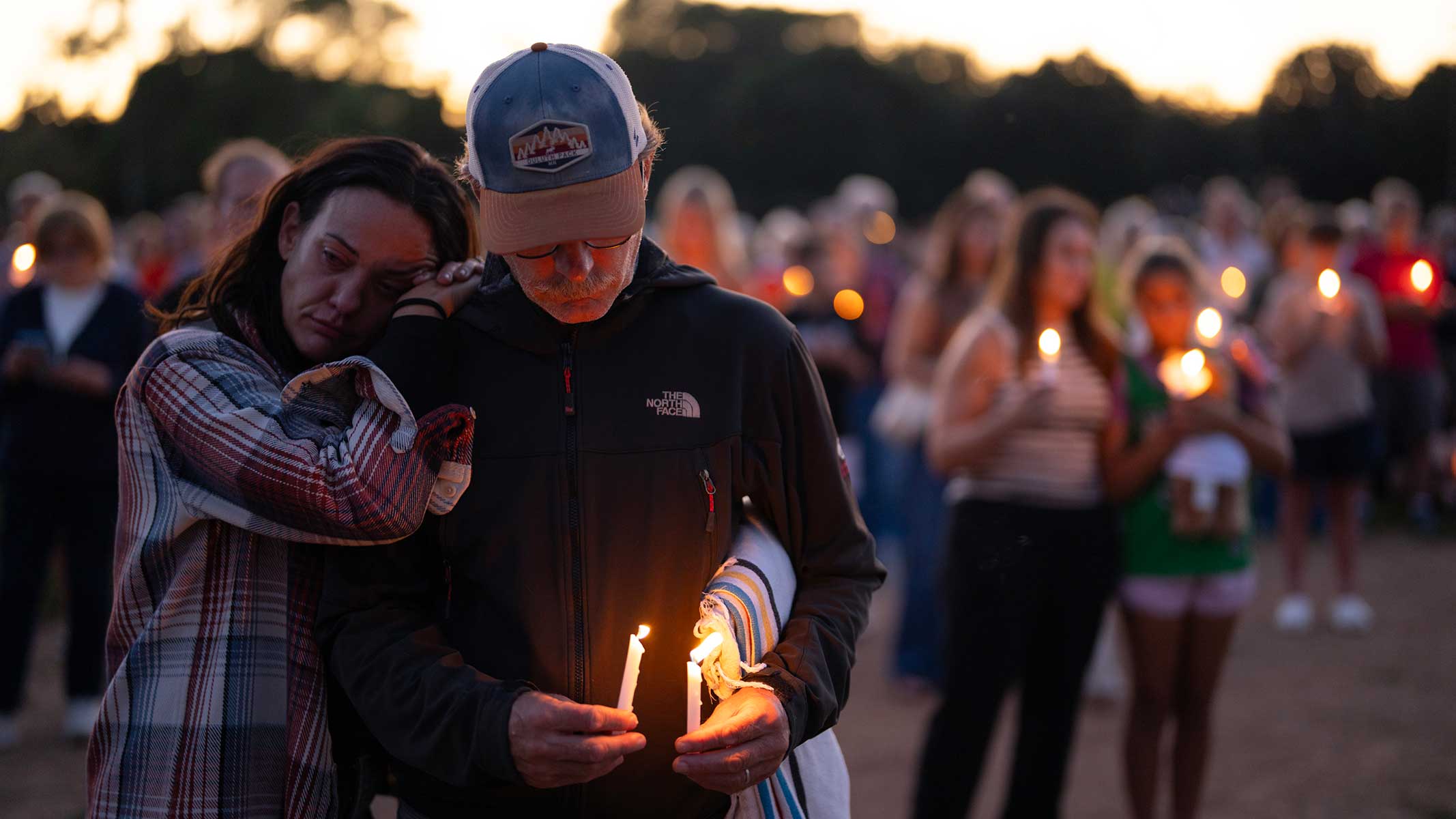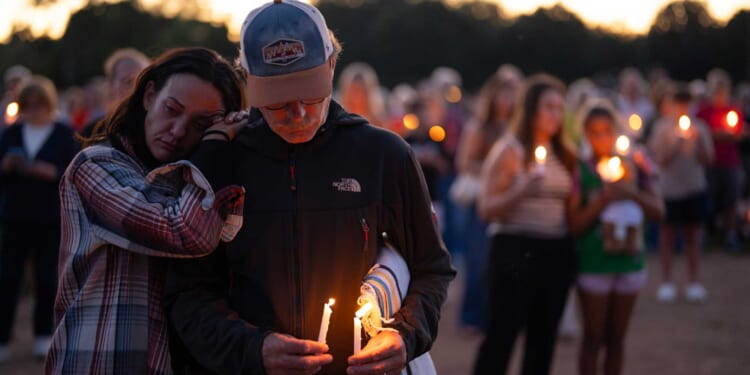
In the 1960s and 1970s, America witnessed a wave of political terrorism. Left-wing radicals hijacked airplanes, set bombs in government buildings, and assassinated police officers in service of political goals. The perpetrators were almost always organized, belonging to groups like the Weathermen or the Black Liberation Army. These groups demanded the release of prisoners, denounced capitalism, or called for violent revolution against the United States. Their members were radical but largely lucid, justifying their actions with appeals to a higher cause.
In recent years, a new form of terror has emerged: decentralized, digitally driven violence organized not around coherent ideologies but around memes, fantasies, and nihilistic impulses. The perpetrators of this low-grade terror campaign do not belong to hierarchical organizations or pursue concrete political aims. More often, they come from ordinary families and lash out in acts of violence without discernible purpose.
At the close of this summer, two such incidents underscored the trend: the attack on schoolchildren at Annunciation Catholic Church in Minneapolis, Minnesota, and the assassination of Charlie Kirk in Orem, Utah. Though the first resembled the school-shooter archetype and the second evoked a JFK-style political assassination, both share psychological and sociological roots that make them more alike than they initially appear.
The new terror campaign is defined by a particular kind of psychopathology. It is perhaps tautological that anyone willing to kill innocent schoolchildren as they are praying or to assassinate a popular podcast host in broad daylight is pathological. But in these cases, both alleged killers—Robin Westman (formerly Robert Westman), and Tyler Robinson—left behind several warning signs that were psychological in nature.
Westman, the alleged Annunciation shooter, left a diary detailing fantasies and inner turmoil related to his transgender identity. While he decorated his weapons with pithy slogans, including “Kill Donald Trump,” “Burn Israel,” and “Nuke India,” these were memes and ironies, designed to give the appearance of ideology, concealing a potentially more disturbing motive. He was in the throes of a transgender identity crisis and had fantasized about being a demon and wanting to watch children suffer. The ideology was a brittle shell around a deeper emptiness that could only be satisfied with horror.
Robinson, Charlie Kirk’s alleged assassin, reportedly spent thousands of hours playing video games, had an account on sexual fetish websites, and played a “dating simulator” game involving “furries,” muscular cartoon characters that are half-animal and half-man. Officials claim that Robinson had moved in with a boyfriend who identified as transgender and to whom he confessed the crime. Like Westman, Robinson inscribed slogans on the shell casings he used in the assassination, including a message about noticing the “bulge” of male genitalia through women’s clothing. The fact that Robinson waited until Kirk began to answer a question about transgender mass shootings seems to reinforce the point.
In addition to their shared fixation with transgenderism, both Westman and Robinson immersed themselves in peculiar digital subcultures. These online spaces were not hubs of Marxism—or even transgenderism, strictly speaking—but of memes, attitudes, copycatting, in-jokes, and irony that, in certain cases, spilled over into violence. Both men allegedly acted out their fantasies not to advance a coherent ideology shaped by study or political organizing but to gratify an obscure personal urge.
In a note to his transgender boyfriend, Robinson wrote that he wanted to stop Charlie Kirk’s “hate.” While this may hint at a nascent ideology, the remark was perfunctory and incidental to the crime. Robinson did not seek to change policy or dismantle a system of government. He seems instead to have wanted to kill a man who spoke openly about transgenderism and embodied a vague notion of “hate.”
Another striking pattern in these crimes is that, at least from initial reporting, the alleged perpetrators came from ordinary, middle-class, Middle American families. Westman’s mother, for example, was active in her Catholic parish in Minneapolis. These were not visibly broken homes but functional households that nonetheless produced monsters—what we might call “radical normie terrorism.”
Radical normie terrorism poses a new challenge for law enforcement. As a veteran FBI agent told me, domestic law enforcement has no systematic program to identify, assess, and respond to this kind of online radicalization. The Bureau still relies on old-fashioned methods—processing tips, knocking on doors, interviewing witnesses—and, in most cases, cannot intervene against disturbed individuals until after they strike.
These acts of terror reflect something dark in our nation’s soul. The perpetrators were so dissatisfied with their middle-class lives that they sought to destroy the highest symbols of their society: murdering children in church pews, an attack on God; and murdering a political speaker in cold blood, an attack on the republic.
Stopping similar killers in the future will be a major challenge. The Internet is hard to police and culture hard to reform. But we should keep the stakes in mind as we work to protect the things we love and grapple for a solution, however elusive it may seem.
Photo by Jeff Wheeler/The Minnesota Star Tribune via Getty Images
City Journal is a publication of the Manhattan Institute for Policy Research (MI), a leading free-market think tank. Are you interested in supporting the magazine? As a 501(c)(3) nonprofit, donations in support of MI and City Journal are fully tax-deductible as provided by law (EIN #13-2912529).

















